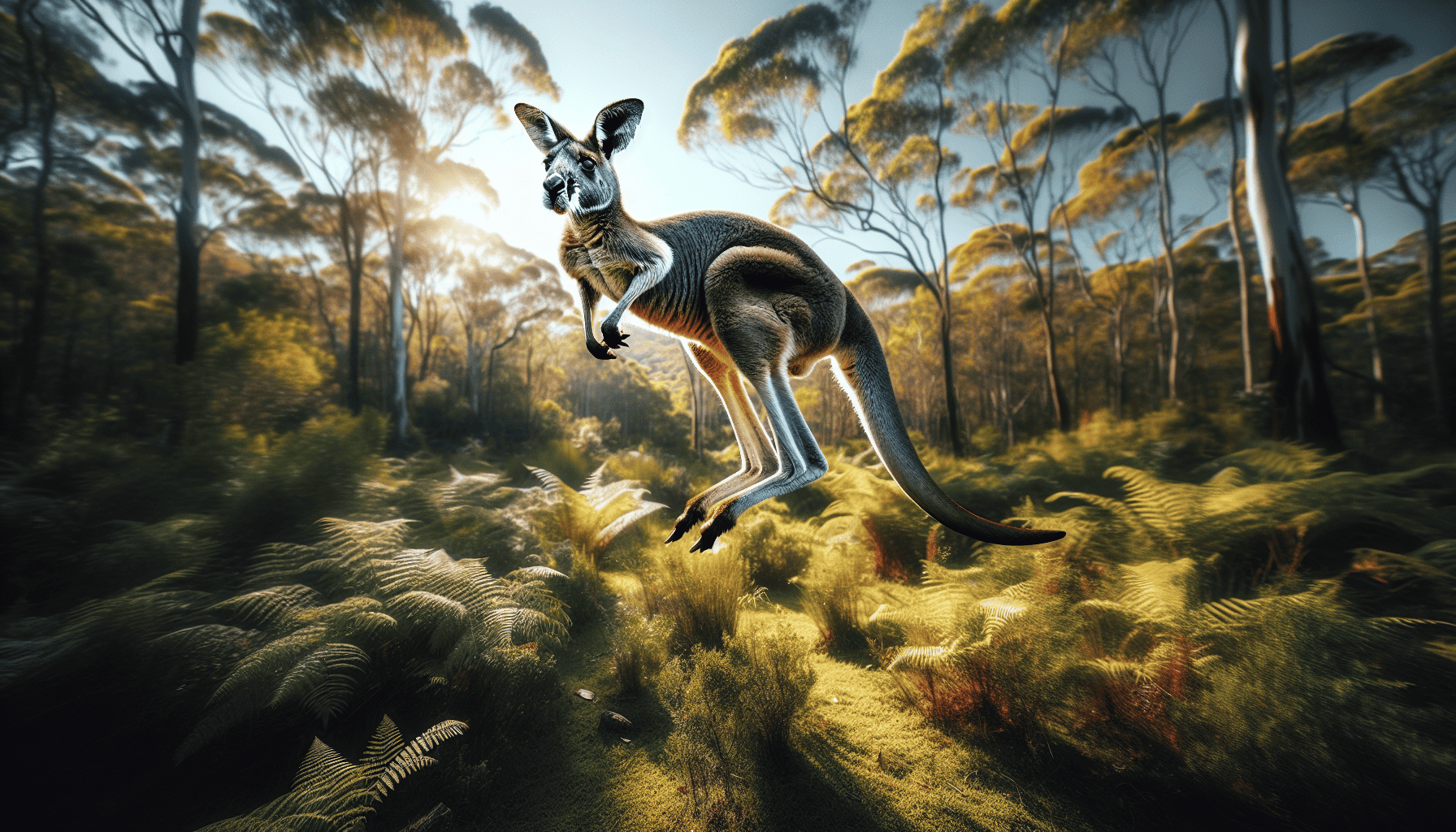Australia, with its vast landscapes and diverse ecosystems, is a hotbed of wildlife activity, making it a paradise for photographers eager to capture nature in its rawest form. From the iconic kangaroos hopping across the outback to the elusive cassowaries in the tropical rainforests of Queensland, Australia's fauna offers endless opportunities for breathtaking wildlife photography. However, capturing the beauty of these creatures requires more than a good camera. Here are some invaluable tips to help you master wildlife photography in the Land Down Under.
Understand the Habitats
The key to successful wildlife photography in Australia is understanding the diverse habitats where different species thrive. For example, the Great Barrier Reef is a haven for marine life, while the dense forests of Tasmania are home to unique mammals like the Tasmanian devil. Spend time researching the specific environments and the animals that inhabit them. This knowledge will not only guide you to the right locations but also help you anticipate animal behavior, making it easier to capture those perfect moments.
Timing is Everything
Australia's wildlife can often be most active during dawn and dusk. These times, known as the golden hours, offer soft natural lighting that can enhance your photos' mood and detail. Early mornings and late afternoons also provide cooler temperatures, making animals more active and visible. Make sure to plan your shooting schedule around these times for the best results.
Be Patient and Ethical
Wildlife photography requires immense patience. Animals are unpredictable, and it may take hours or even days to get the shot you’re after. While patience is important, ethical considerations should always take precedence. Never disturb or stress the animals to get your shot. Keep a respectful distance and avoid disrupting their natural behaviors. A good lens with a telephoto or zoom capability can help you capture stunning details without encroaching on the animals' space.
Technical Tips
Invest in quality equipment that can withstand Australia’s varying climates. A good DSLR or mirrorless camera paired with a versatile lens, such as a 70-200mm, will allow you to capture a range of subjects. Use a fast shutter speed to freeze the dynamic movements of animals, such as a kangaroo's leap or a bird's flight. ISO settings can be adjusted according to the lighting conditions; don’t be afraid to increase the ISO in low-light situations to avoid blurry images.
Embrace the Elements
Australia’s weather can change rapidly, and each condition offers a different type of photographic opportunity. Overcast skies can help reduce contrast and bring out the colors in your subjects, while a sunny day can highlight textures and patterns. Adapting to the weather and using it to your advantage can lead to dramatic and unique photos.
Composition and Perspective
Experiment with different angles and compositions to tell a story through your images. Eye-level shots can create an intimate connection with your subject, while wide-angle shots can showcase an animal in its vast habitat, providing context and scale. Incorporate the unique landscape to enhance your images, and don't be afraid to break traditional composition rules if it benefits your narrative.
Capture the Unusual
Australia is home to some of the world's most unique and unusual wildlife. While iconic species like koalas and kangaroos are popular subjects, challenge yourself to capture the lesser-known and equally fascinating creatures, such as the quokka or pink fairy armadillo. Photographs of these distinctive species can add diversity to your portfolio and tell a broader story of Australia's wildlife.
Mastering wildlife photography in Australia is a rewarding endeavor that combines the thrill of exploration with the joy of capturing extraordinary images. Equip yourself with knowledge, patience, and the right tools to ensure that your photographs not only document the wildlife of Australia but also convey the country’s enchanting diversity. Remember, respect for nature and its inhabitants is paramount, allowing future generations to continue enjoying and documenting Australia’s remarkable wildlife.
